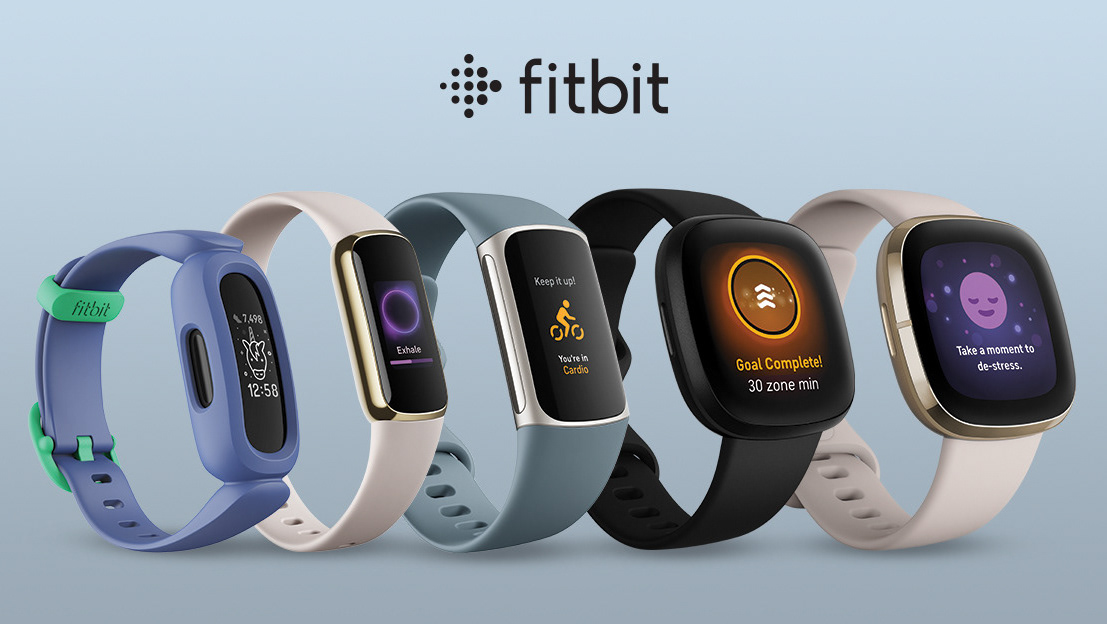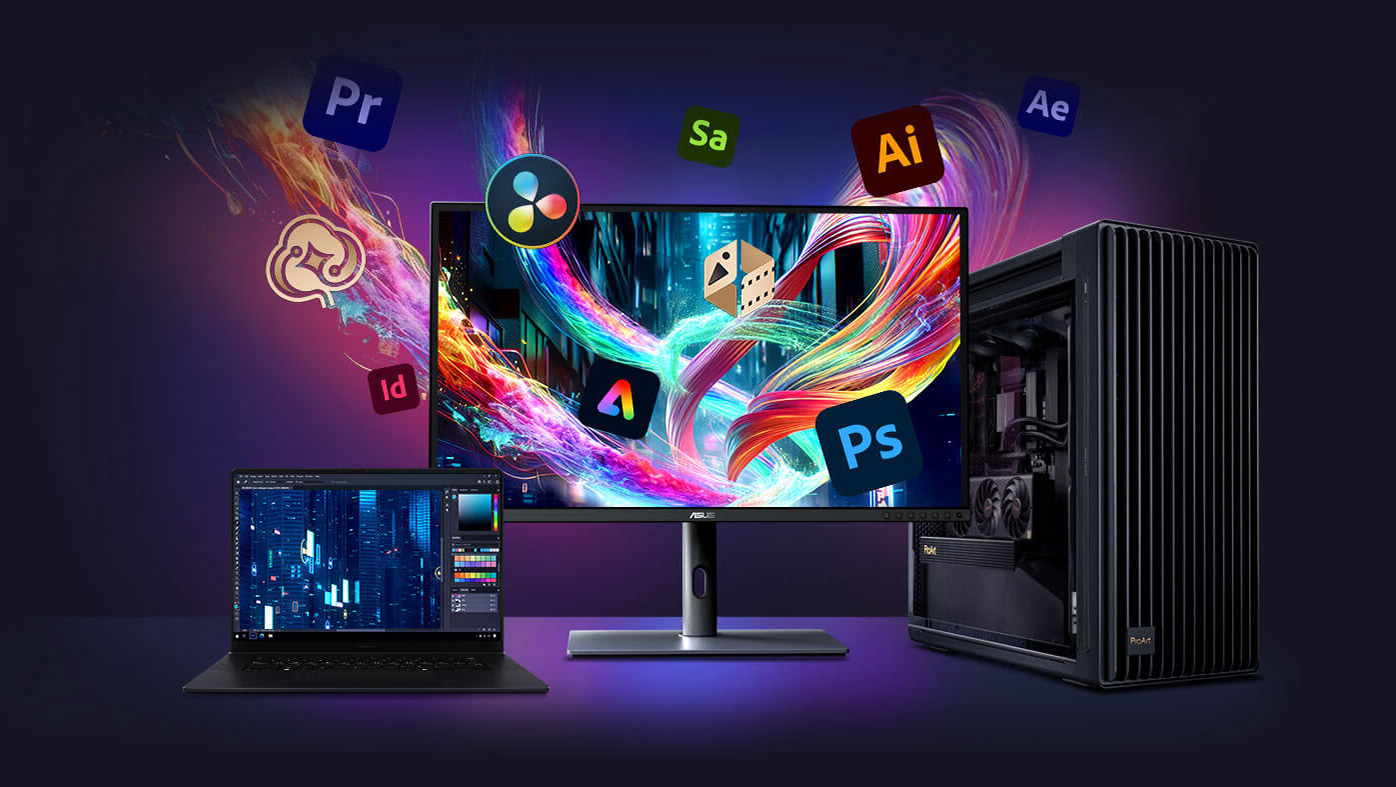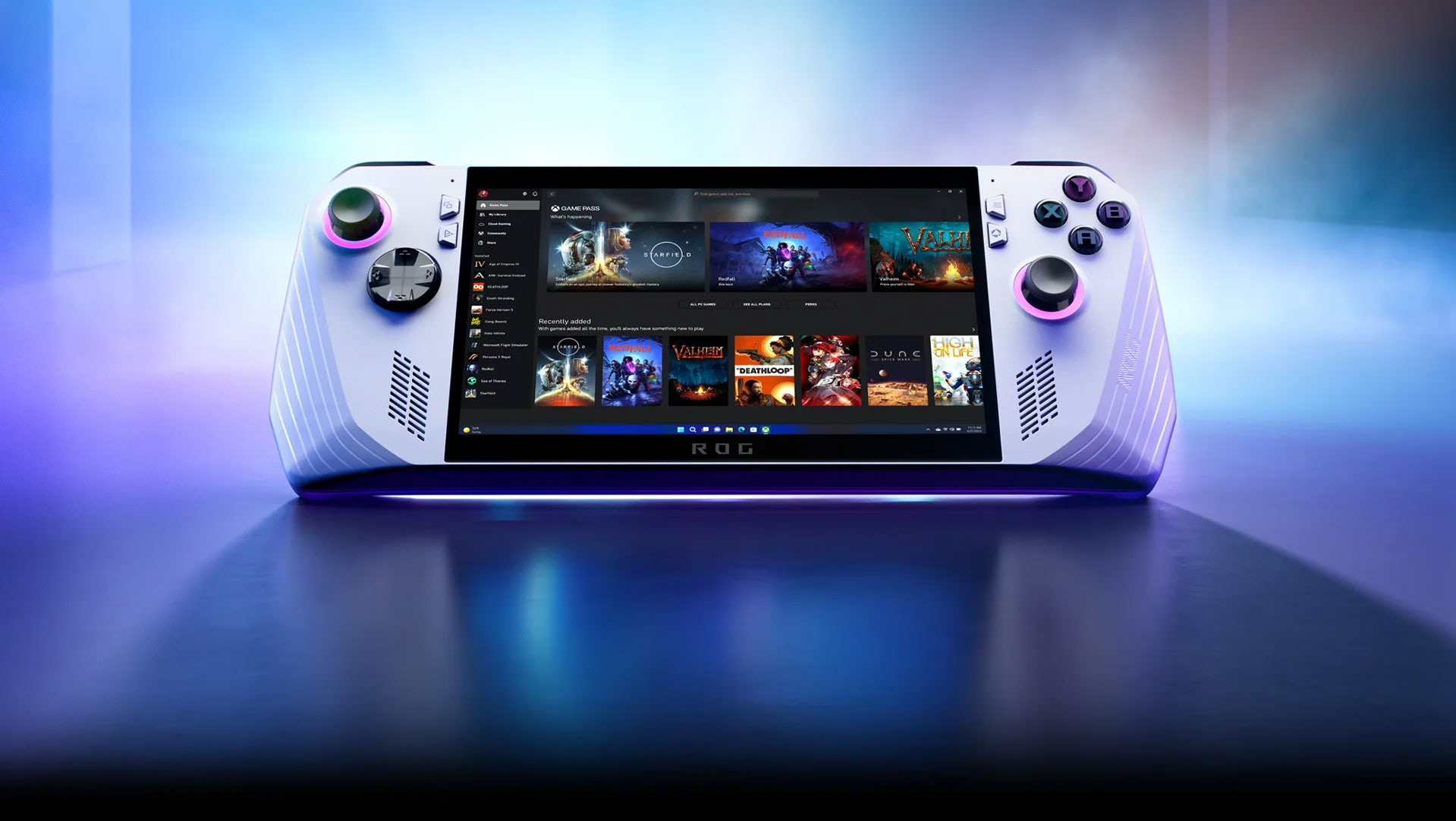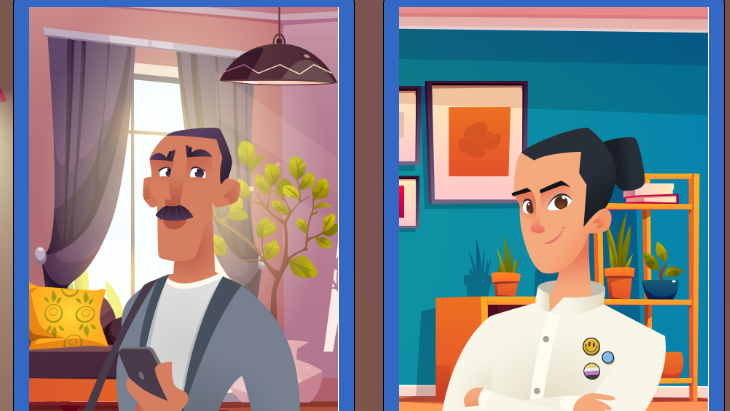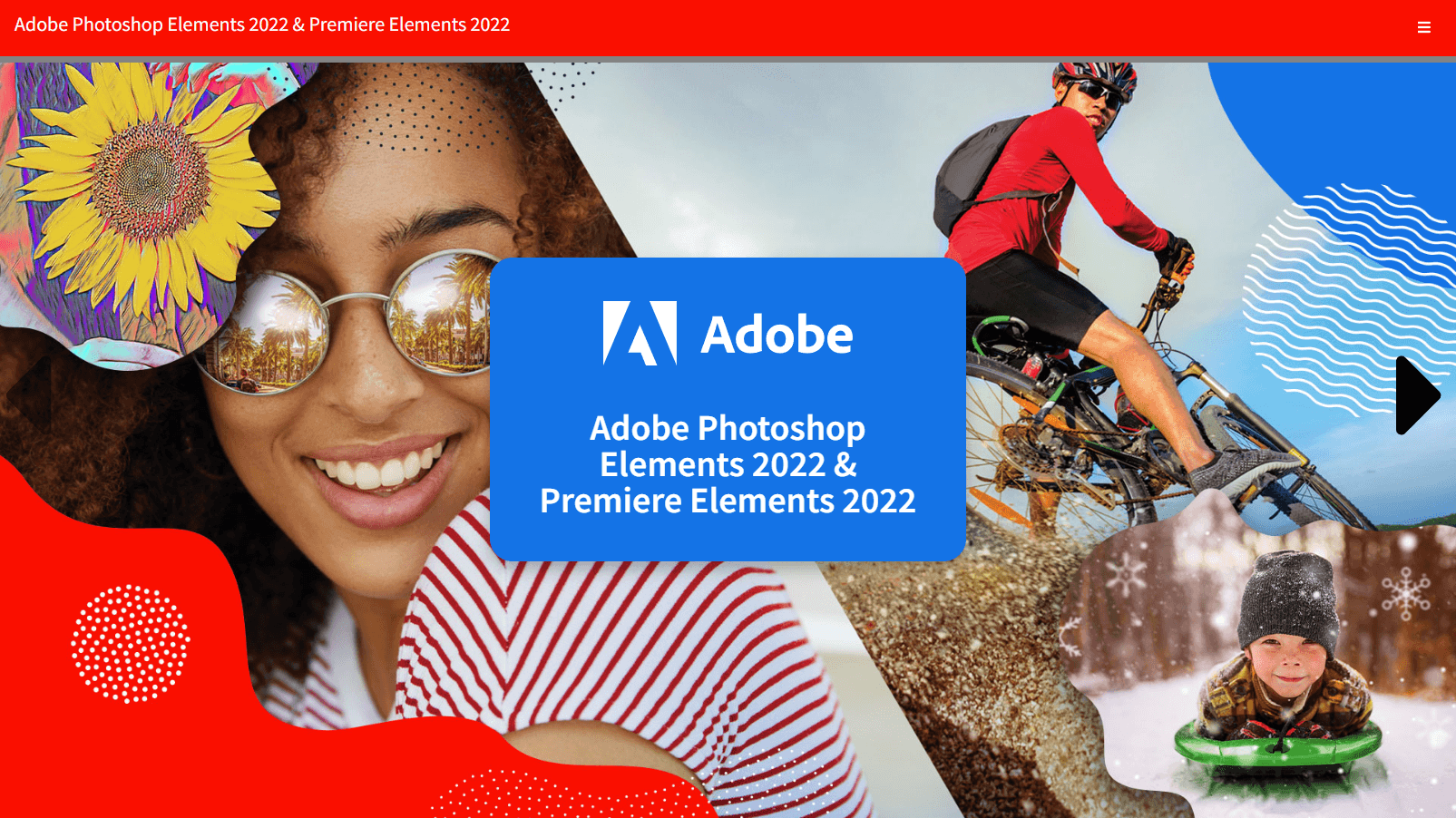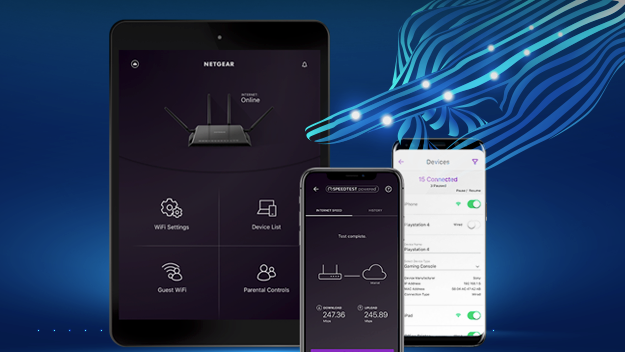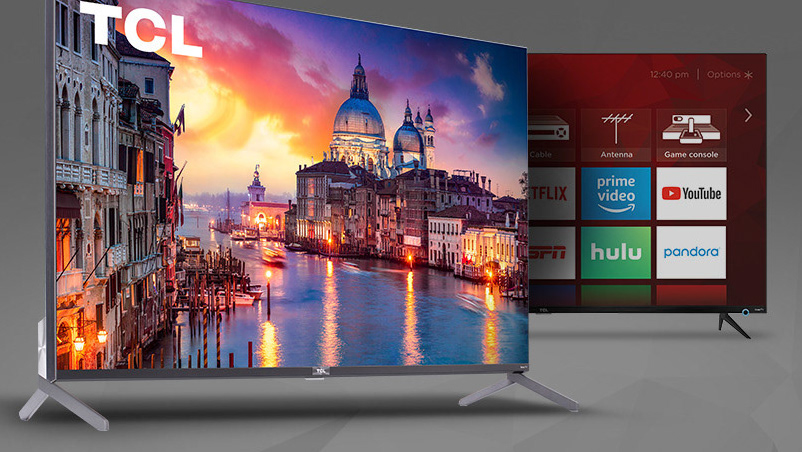The Google Retail Training (GRT) learning management system was developed to educate retail employees on Google’s products and services. The goal was to create an intuitive and user-friendly platform that enhances learning engagement and knowledge retention. This project required a seamless blend of product design and instructional design to ensure users could efficiently acquire the information needed to promote and support Google products in retail environments.
Challenge
As a UI/UX designer for GRT, my goal was to design an engaging and interactive platform that:
Provided a streamlined experience for retail employees to learn about Google’s offerings.
Ensured an intuitive navigation structure, reducing cognitive load for new users.
Integrated gamification elements to increase participation and motivation.
Offered interactive content modules that made learning engaging and effective.
Approach
To achieve these objectives, I employed a human-centered design approach, focusing on:
1. User Research & Persona Development
Conducted user research to understand retail employees' training needs and challenges.
Developed user personas representing different levels of retail staff to tailor the learning experience accordingly.
2. Wireframing & Prototyping
Created low-fidelity wireframes to map out the structure and flow of the learning modules.
Developed interactive prototypes to test user interactions and gather feedback for iterative improvements.
3. Interactive & Engaging Learning Experience
Designed visually appealing and easy-to-navigate course layouts.
Incorporated gamification elements such as badges and progress tracking to boost engagement.
Used micro-interactions to guide users seamlessly through lessons.
4. UI Design & Branding
Established a clean, professional, and Google-branded interface.
Ensured accessibility compliance to cater to a diverse range of learners.
Designed a responsive UI that provided an optimal experience across different devices.
5. Usability Testing & Iteration
Conducted usability testing sessions with retail employees to gather insights and optimize the learning flow.
Implemented feedback-driven refinements, improving clarity, engagement, and overall ease of use.
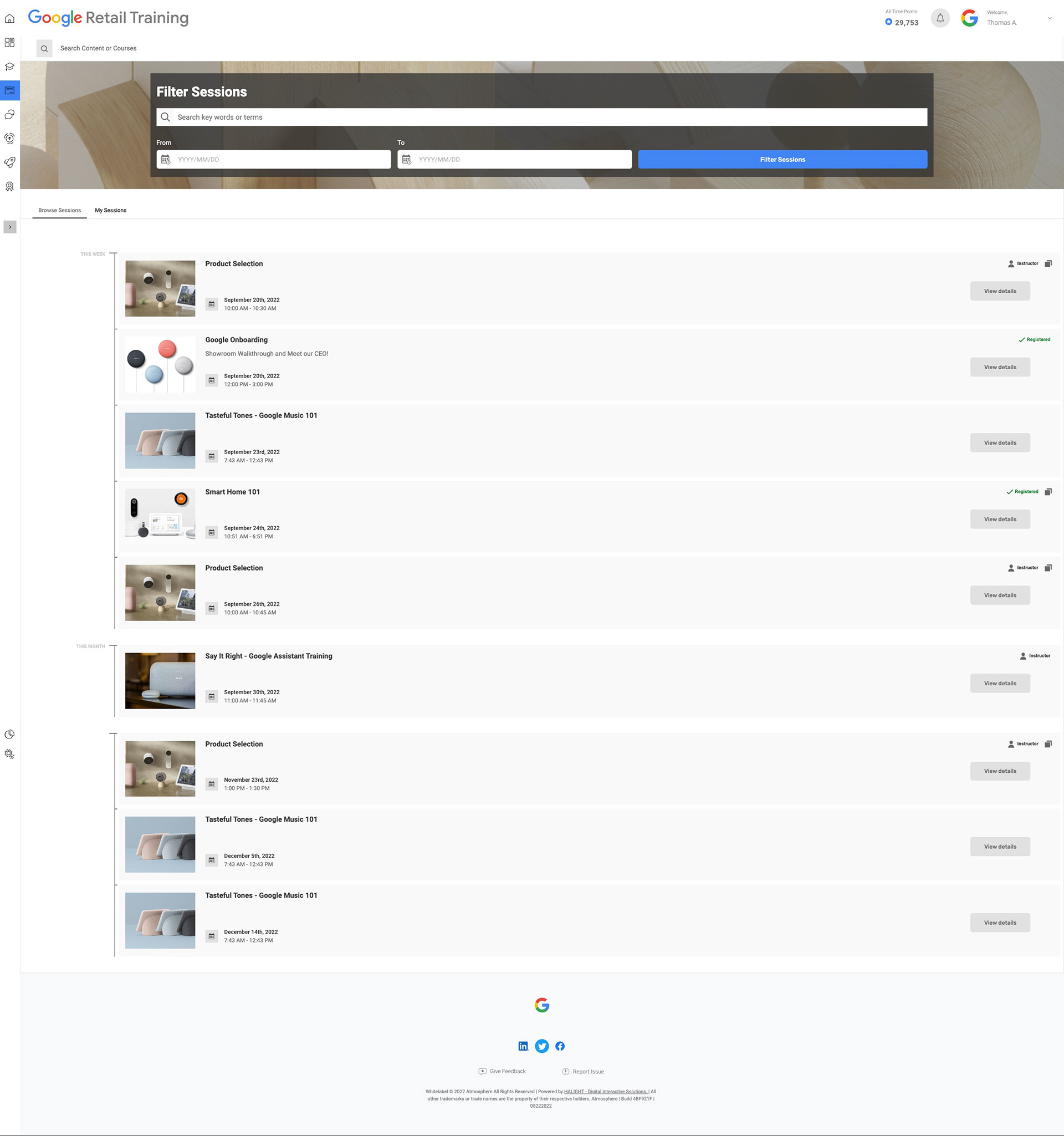
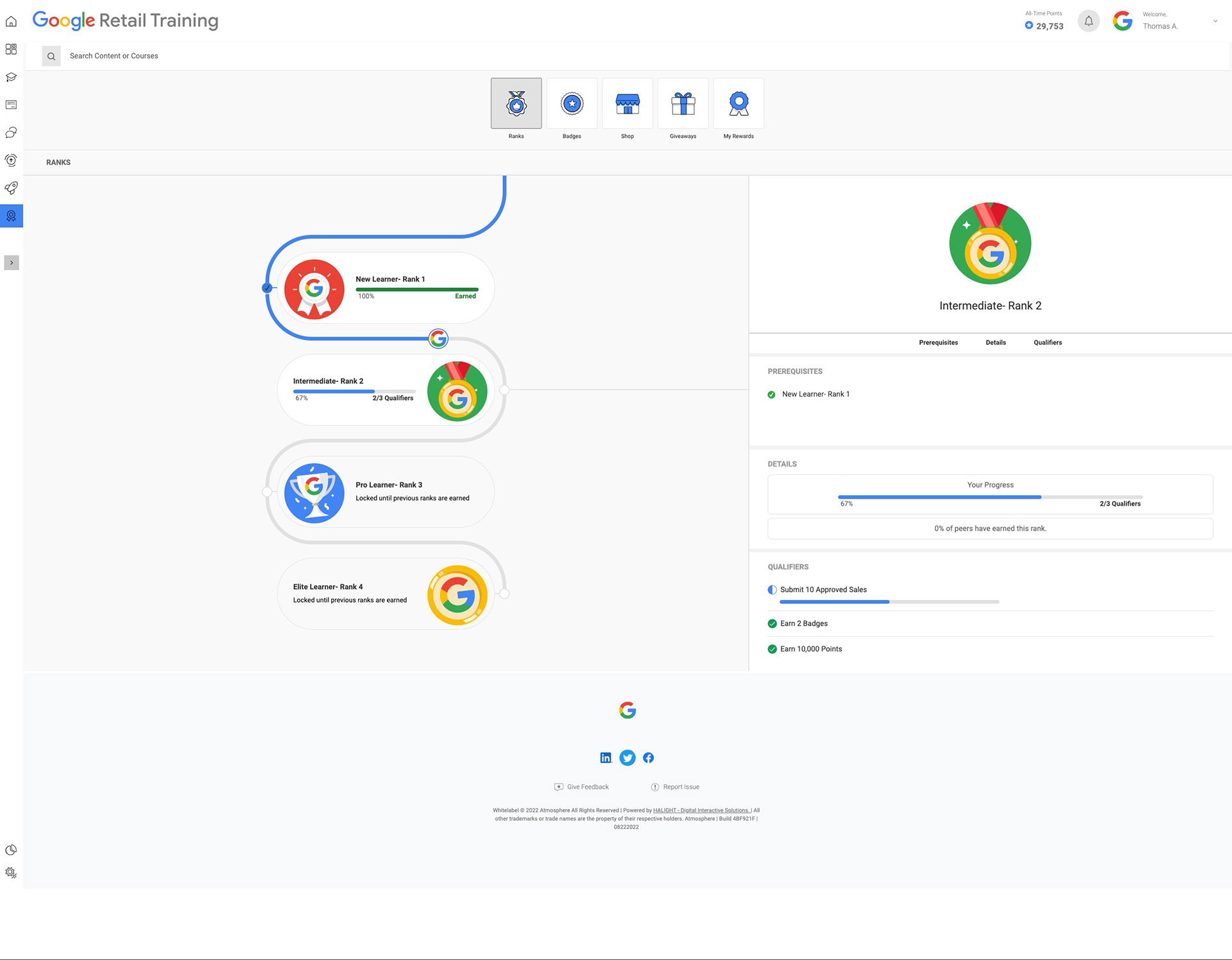
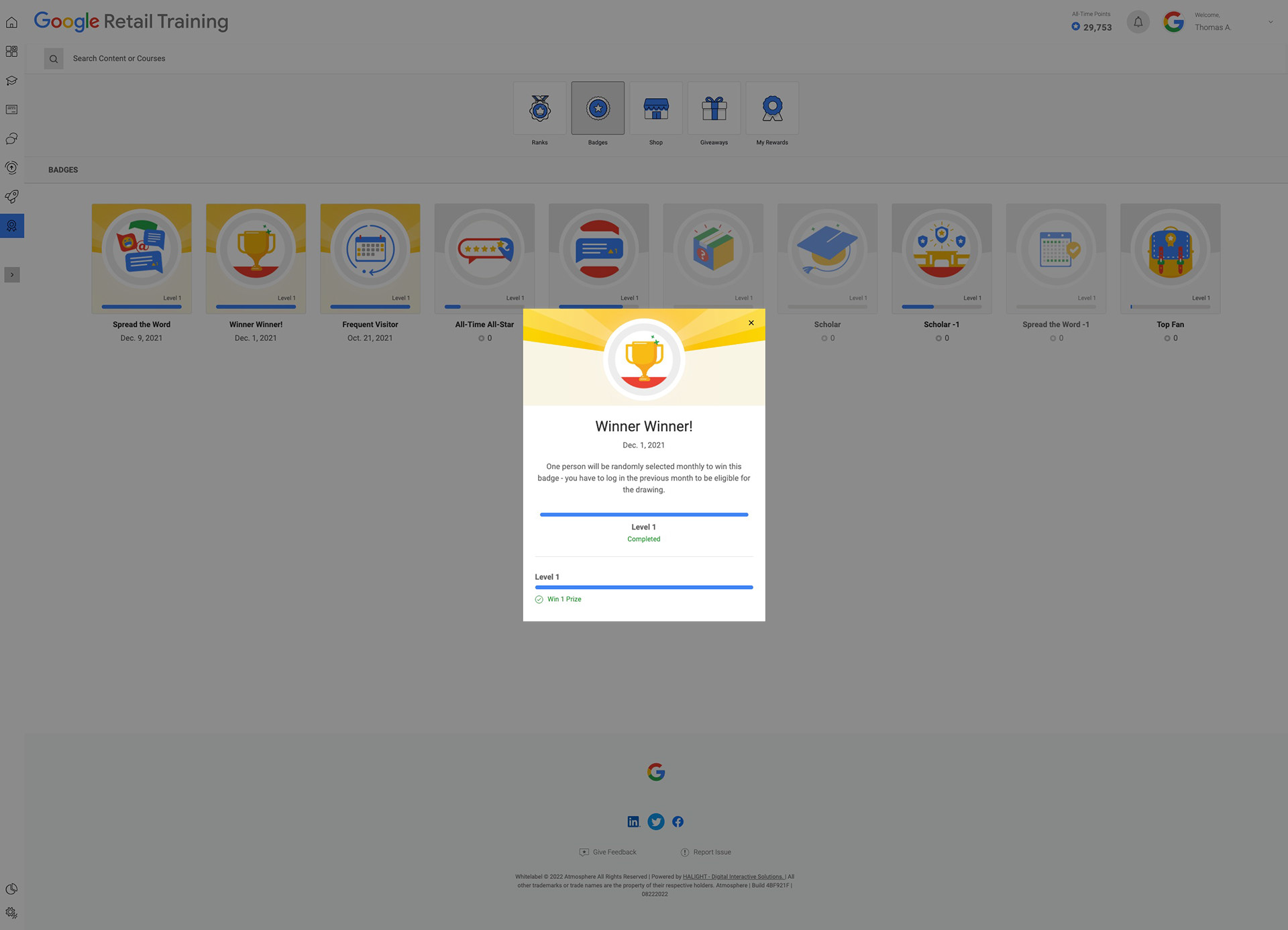
Conclusion
Designing the UI/UX for the Google Retail Training LMS was an exciting challenge that combined instructional design principles with user-friendly interfaces. By implementing research-backed strategies and iterative improvements, I created a seamless, engaging, and impactful learning experience that empowered retail employees with essential knowledge about Google’s products.
This project highlights the importance of intuitive design in digital learning platforms, ensuring information is not only accessible but also enjoyable to absorb.

